How to Start Living More Sustainably at Home
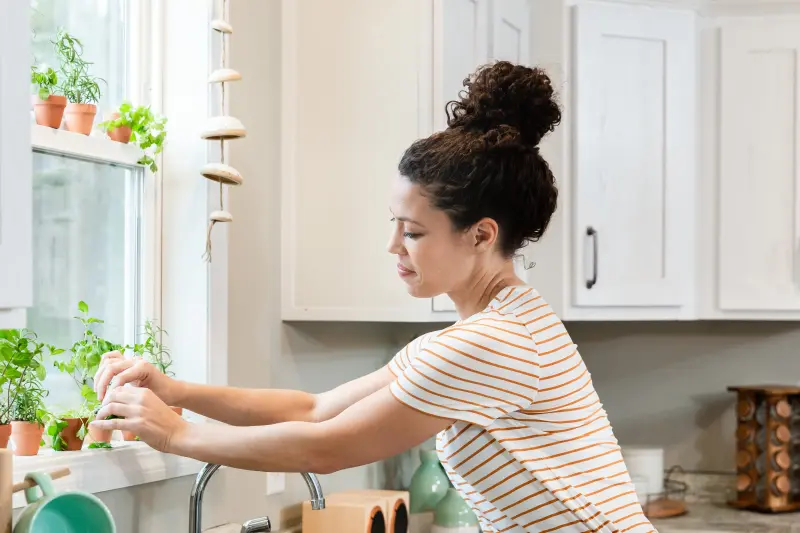
Living more sustainably at home is easier if you start with a few small steps. Discover these simple tips to make your day-to-day routines more energy efficient.
More and more, homeowners are interested in finding ways to be more energy efficient. There are many benefits to reducing your energy demand, such as potentially lowering your home’s utility costs, helping reduce pollution and having items or products last longer. And while it can seem overwhelming if you’re just getting started, changes to your lifestyle don’t have to be all at once. Check out how you can implement these sustainable steps over time.
Ways To Live More Sustainably
1. Practice Energy Efficiency
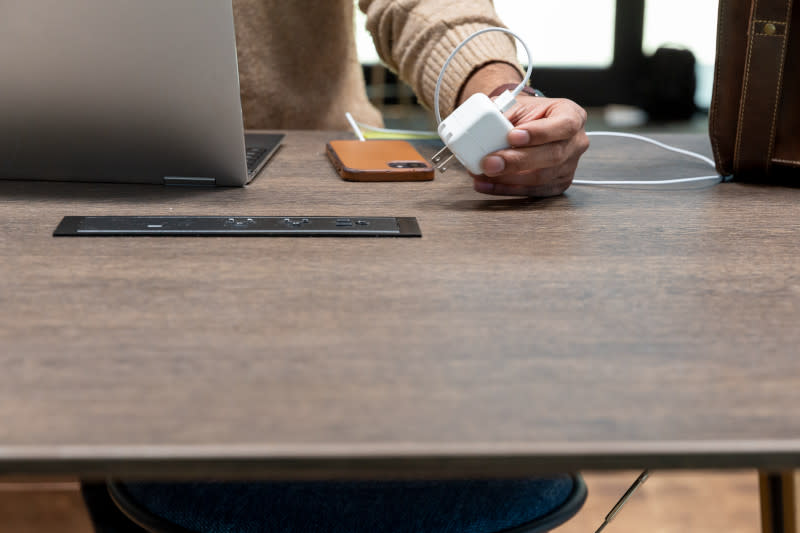
Little actions throughout your day can add up to energy (and potentially cost) savings. Here are some habits you can build in your home.
- Unplug electronics when you aren’t using them. If you plug your devices into a surge protector, you can easily turn them all off at once. By doing so, you can prevent your devices from drawing unnecessary electricity.
- When it comes to lighting, there are several ways to reduce electricity use. Turn off the lights when leaving the room, use natural light during the day and consider task lighting, like a bedside lamp for reading instead of keeping the overhead lights on.
- Run appliances like the dishwasher and laundry units during off-peak electricity hours, like late at night.
2. Save Water
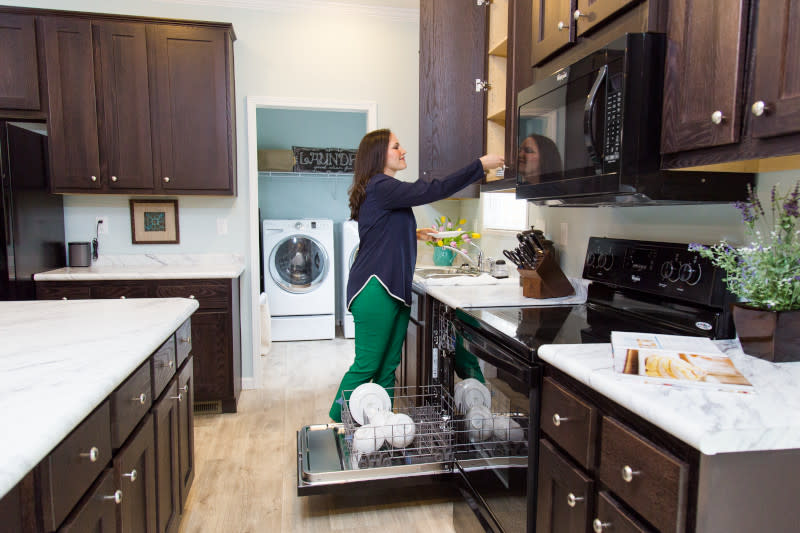
You can save more than just electricity by forming more efficient day-to-day habits. Reduce your water use with a few simple steps.
- The bathroom is where more than half of a home’s water use usually occurs. You can reduce water use by taking shorter showers, shutting off the water while you brush your teeth, and routinely checking for and fixing any leaks. Consider low-flow toilets, or if your toilet seems to be running more than usual, check the flapper valve and the water levels in your tank.
- Run full loads in the dishwasher and washing machine.
- Steam food over boiling water, and only use the amount of water for cooking that you need.
3. Change Up Chores
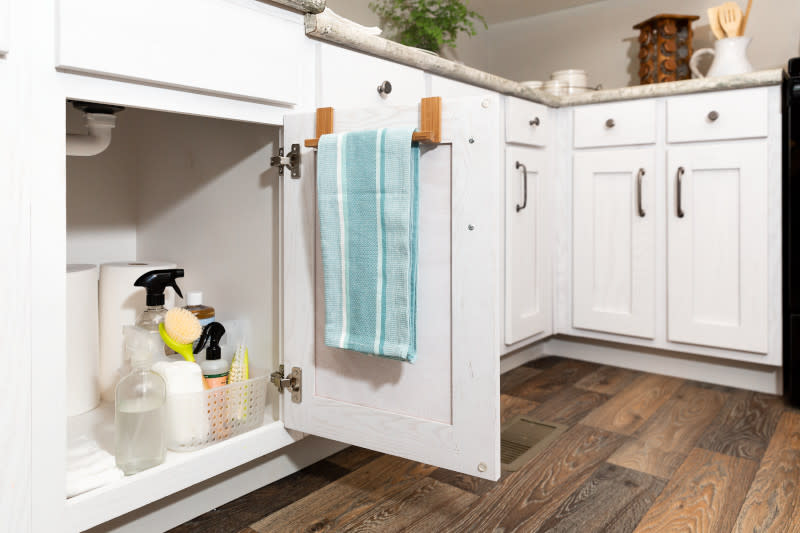
Even household chores can be done with a more sustainable lifestyle in mind. A few easy changes include:
- Heating up water takes energy, so washing your clothes on cold is more efficient. It can also help your clothes stay brighter longer.
- Hang up your clothes to dry, especially in good weather, and air-dry your dishes to save energy.
- Use natural, homemade cleaning products over harsh chemicals. Pantry staples like baking soda, lemon and vinegar are cheap and effective at cleaning a variety of surfaces.
4. Reduce Waste
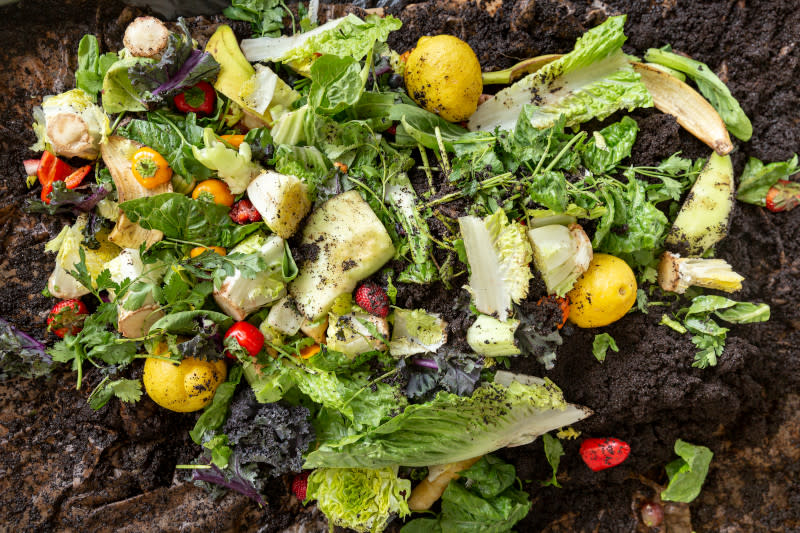
Empty aluminum cans, old furniture and even scraps of food can all still have a use in your home.
- Recycle as much as you can, including plastic bottles, paper, aluminum and glass, to give waste a second life. Check with your local recycling center to see their rules and what items they accept. Donate clothes that you no longer wear and find local drop-off bins to recycle used batteries and old electronics safely. Many grocery stores even have programs set up where you can bring back plastic bags — though you can also switch to reusable cloth bags for your shopping.
- Make a compost bin specifically for kitchen waste, and fill it with torn-up cardboard (non-glossy only), paper bags and filters, coffee grounds, and other kitchen scraps such as fruit and vegetable peelings, eggshells and compostable leftovers. You can use that nutrient-rich compost to benefit your garden.
- Shop at thrift stores, garage sales, social media marketplaces and secondhand stores. You can restore older furniture pieces too with a fresh finish, paint or quick repair like replacing the hardware on a drawer.
5. Swap Products

Rethinking the products you use can save you money in the future while also having a positive impact on the environment. Here are some suggestions for investing in reusable alternatives instead of products with a one-time use.
- Instead of paper towels and plastic sponges, choose cloth towels you can wash and repeatedly use, as well as scrub brushes made of natural fibers like bamboo. Do the same with dryer sheets. Disposable dryer sheets leave a residue on your clothes and your lint filter, which can impact your dryer’s ability to circulate air. Switch to wool dryer balls that bounce against your clothes to soften them, helping to prevent clumping and static while also drying your clothes faster.
- Decrease your use of plastic water bottles by changing to a reusable one or filling a pitcher of water to keep in the fridge when you want cold water.
- Next time you change a lightbulb, switch it out for an LED one. They use less wattage and last longer.
More Sustainable Living with Clayton
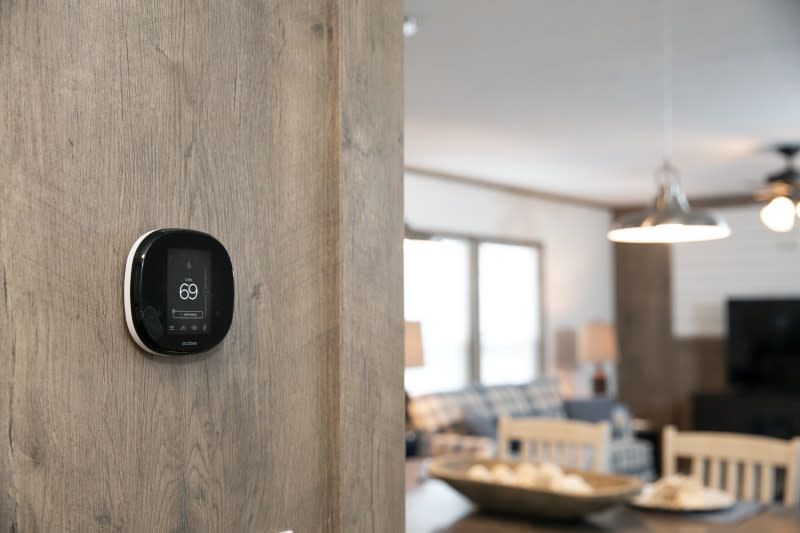
At Clayton, we’re focusing on building our homes in a more sustainable way, and ensuring those homes offer a variety of energy efficient features. In addition to the streamlined constructed processes in our indoor building facilities, we also order precut materials, purchase in bulk and recycle as many materials as possible to keep waste at a minimum. Plus, we include energy-efficient features from trusted brands as standard in all our new homes, like an ecobee smart thermostat, Lux low-E™ windows and a Rheem® dual element water heater.
What does this mean for you as a homeowner? A smart thermostat can be programmed to automatically adjust based on your climate, which is helpful because on average half of a home’s energy is used for heating and cooling. Low-E windows are made with insulated glass to more effectively keep heat in or out, working with that smart thermostat to help you stay comfortable. And a dual element water heater features an automatic thermostat to keep water at the temperature you want. If you live with others in your home, you’ll definitely appreciate not having to wait for hot water while also saving energy.
More sustainable living at home is possible with small steps and informed choices. These can lead to more savings for you over time, improving your quality of life and giving you more peace of mind. To learn more about Clayton’s efforts toward a more sustainable future for our communities and our planet, check out our Sustainability page.
Are you ready to find your dream home?
Start shopping now or find a home center in your area to learn more about Clayton Built® home options.By entering your email address, you agree to receive marketing emails from Clayton. Unsubscribe anytime.
© 1998-2025 Clayton.

